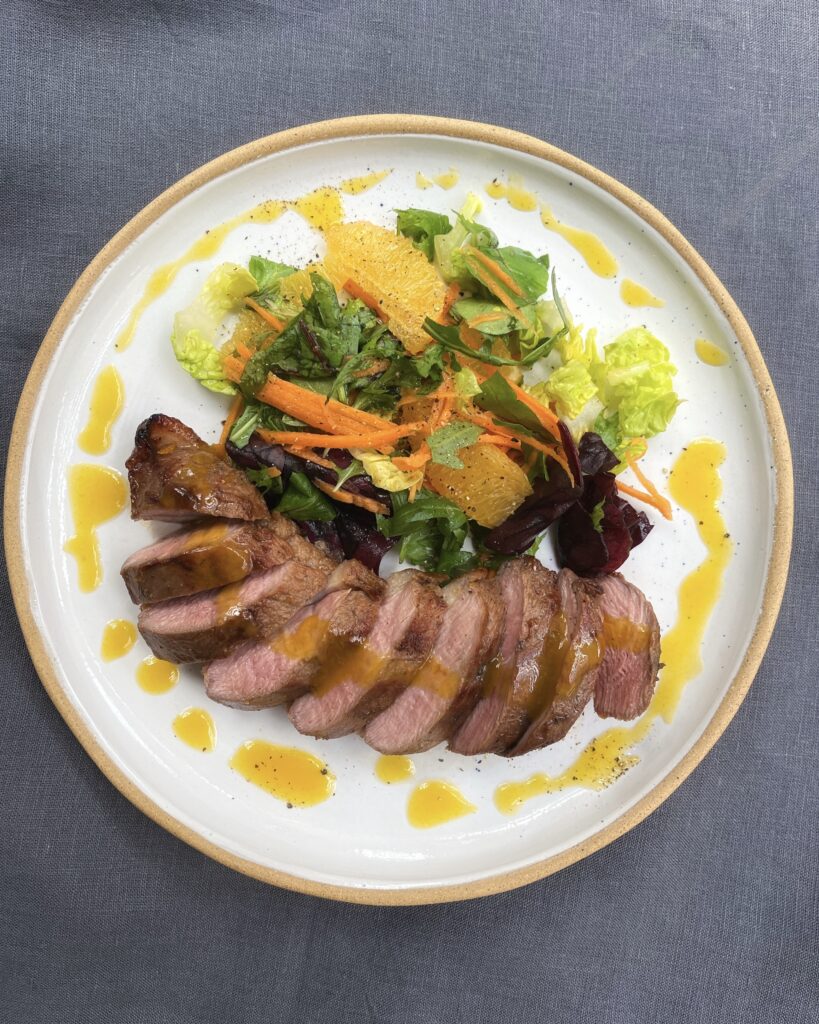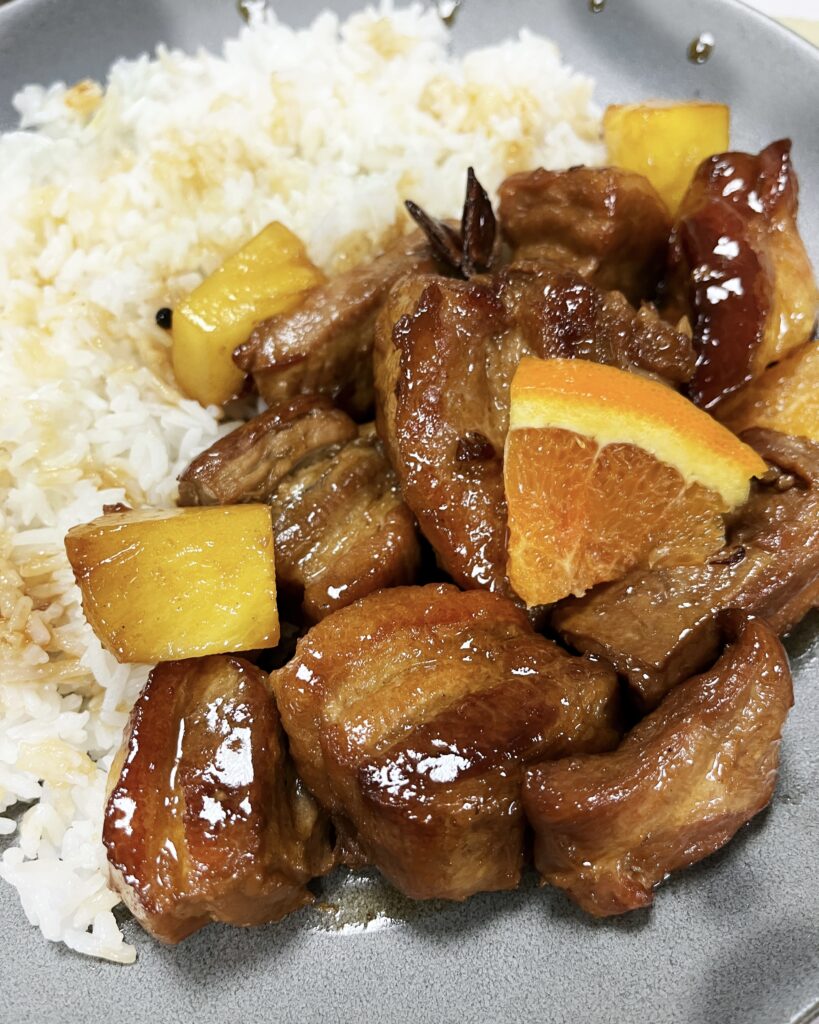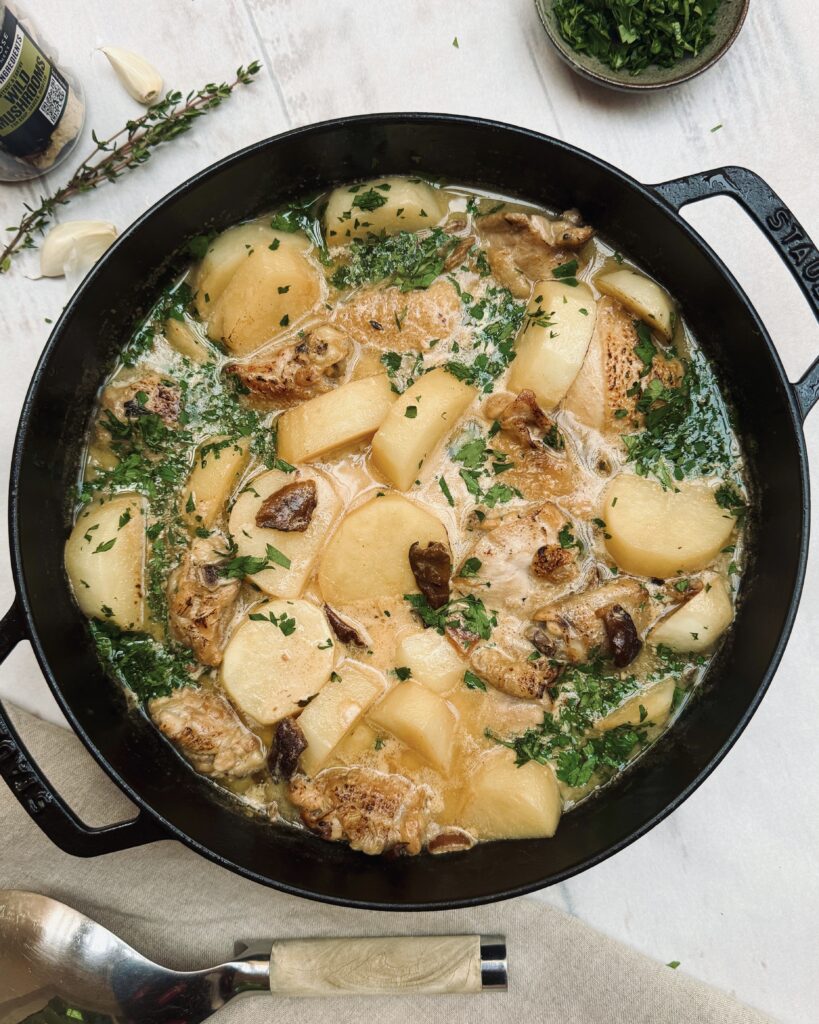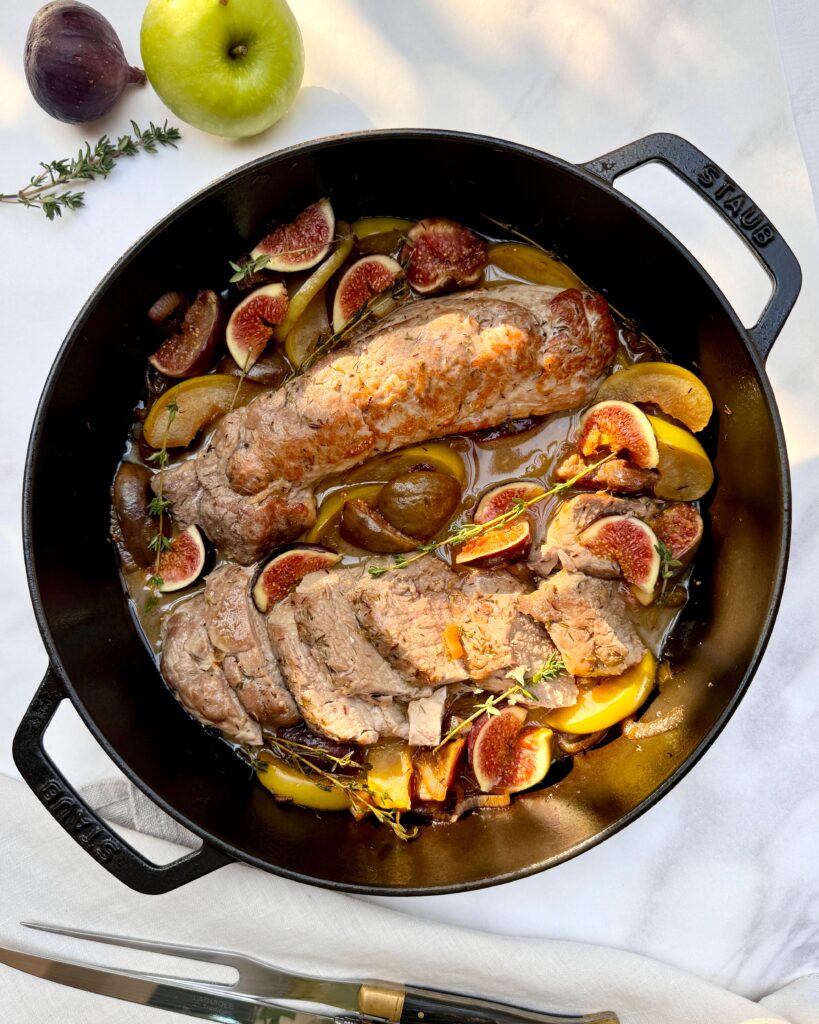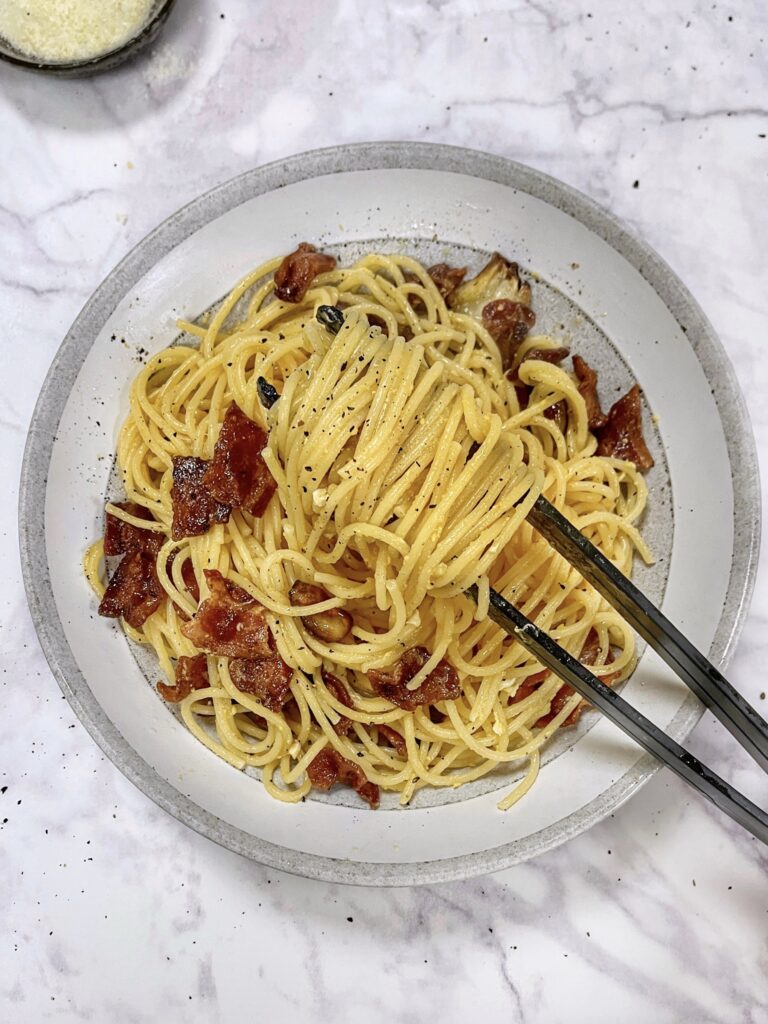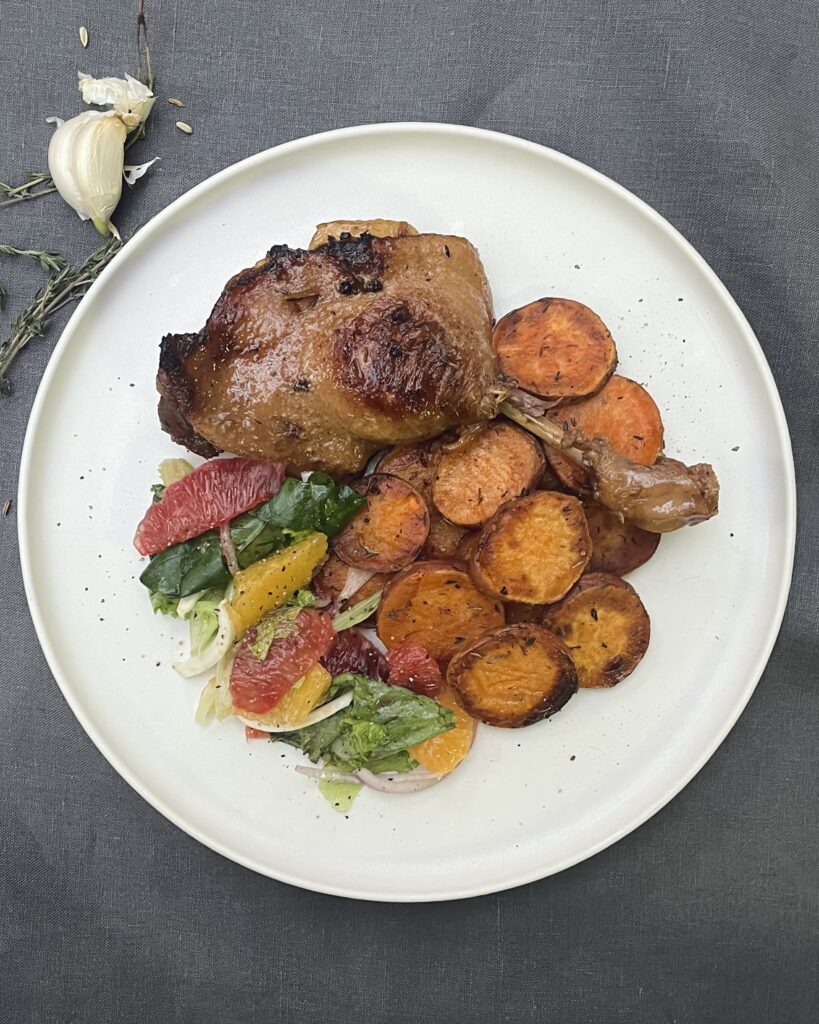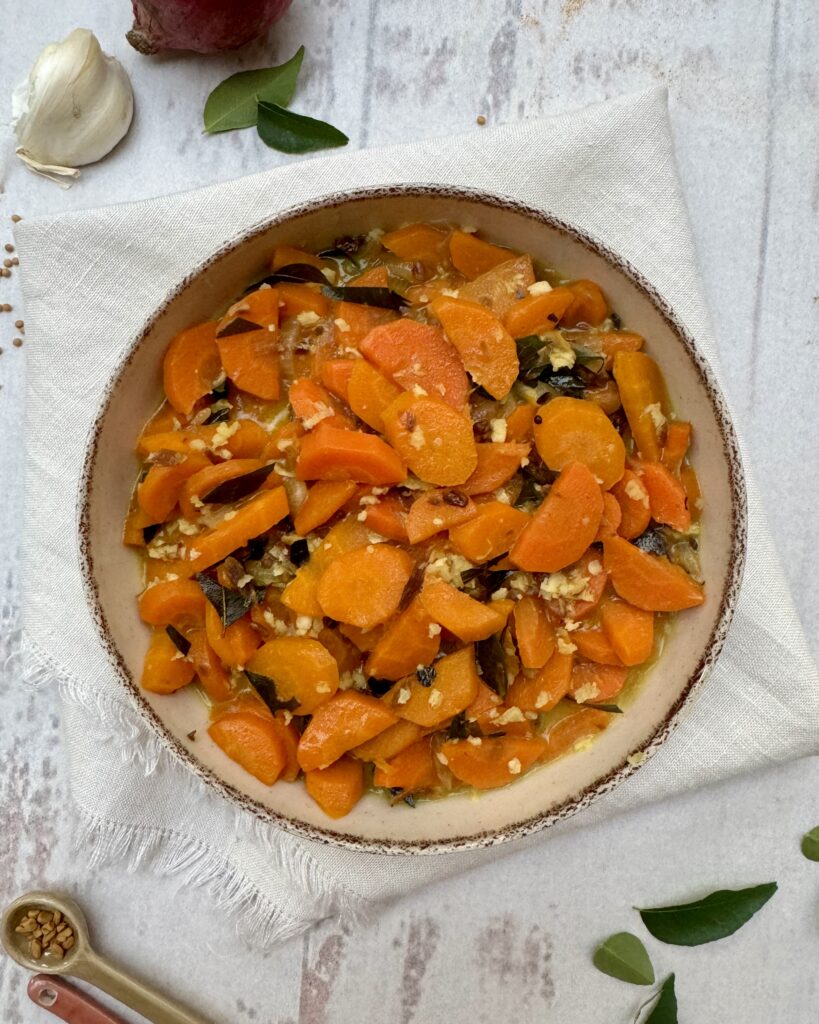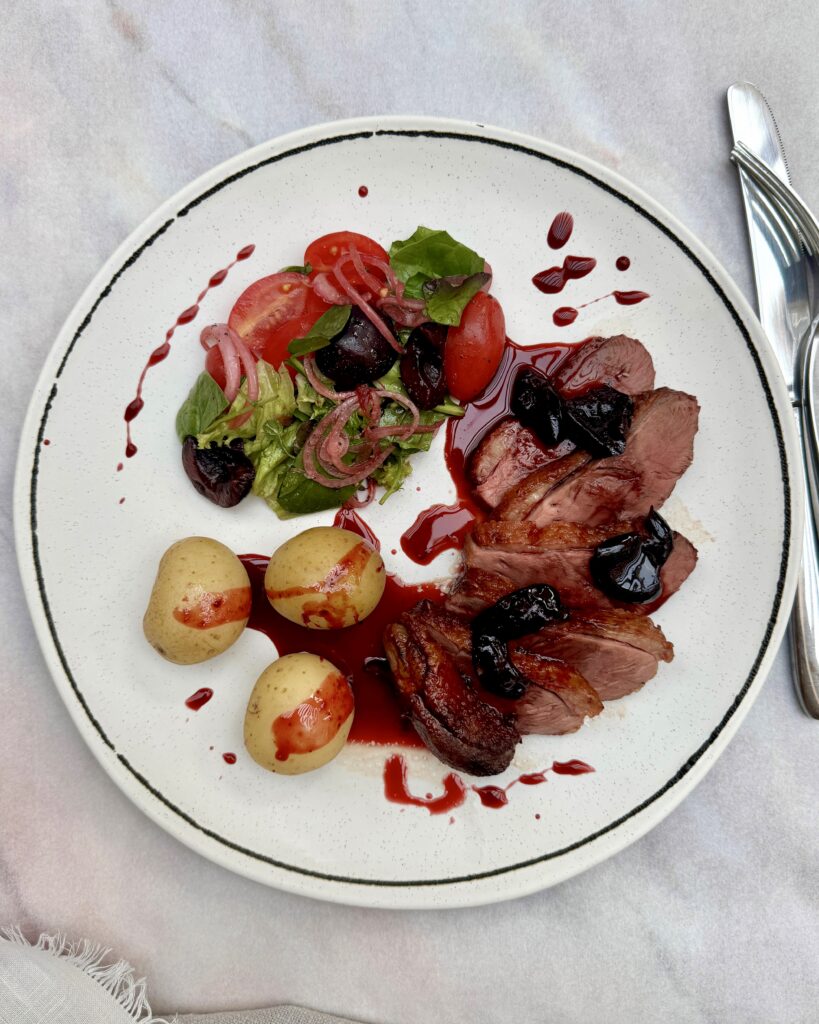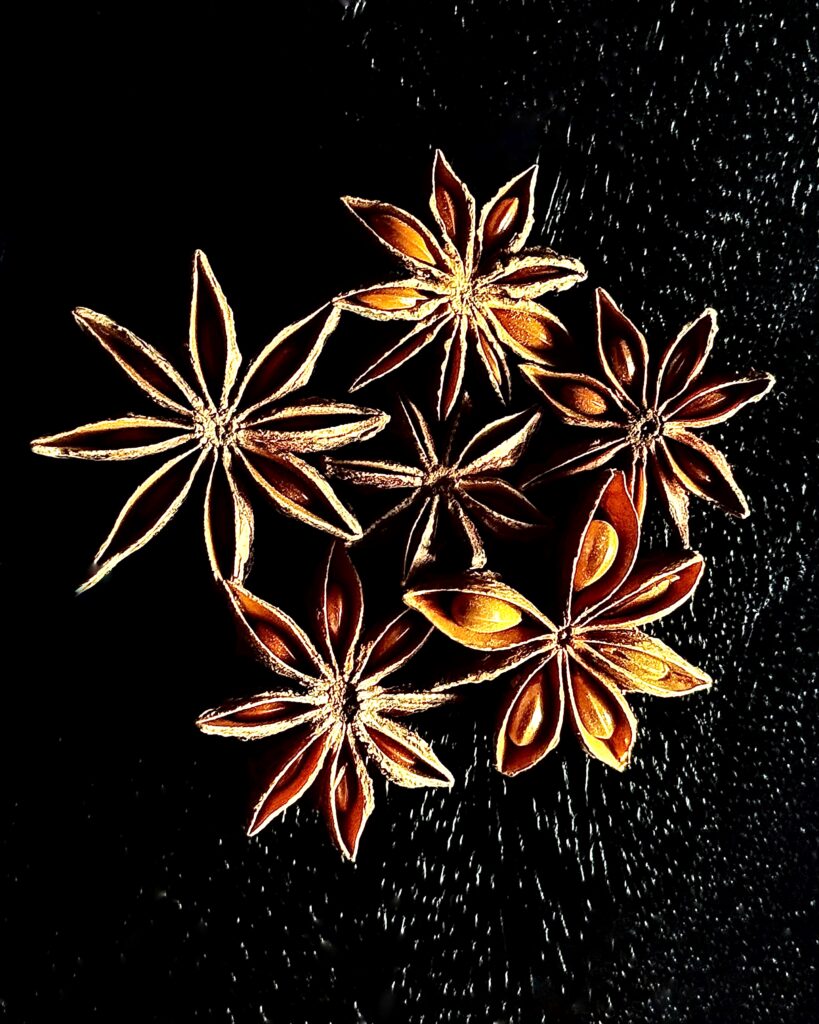
At a Glance:
Star anise is a stunningly shaped spice that is in fact a fruit of a small Chinese evergreen tree. The seeds sit inside the arms that are called “carpels”. The pods are dried until they turn hard and the carpels crack open exposing the seeds. You can use both seeds and arms to make ground spice or cook with whole pods.
Fun fact: look closely on the photo – can you spot a star with nine arms? Apparently, finding one with more than the normal eight means a good fortune in its native China!
The Flavour Profile:
This gorgeous spice doesn’t just have a pretty ‘face’! It boasts a unique and complex flavour that is sweet and floral with licoricey notes. The licorice element may seem a little overpowering as you open the jar and the aroma hits you. But during cooking it fades out, leaving a sweet, fresh trail.
Star anise is the kind of spice that really grows on you, especially as you keep discovering its ability to adapt to many different dishes. It brings in warming sweetness to desserts and brightens hearty stews, adds vibrancy to spice blends and livens up rice dishes like biryani or pilau. Star anise is a versatile spice that will complement and enhance your pantry collection.
How to Use Star Anise:
Grind whole spice. A whole pod comprises of carpels (the arms) that contain glossy seeds. Grind both (the carpels have in fact more flavour than the seeds) for use in different spice blends such as Chinese five spice, Vietnamese pho seasoning or garam masala.
Cook with whole spice. Toast it in oil or butter to release the aromas before adding other ingredients, or slow cook with whole pods to allow deeper flavours to impart. Pop into a roasting tray with duck or assemble a spice bag for flavouring soups and stews. Add to a pot with rice or mulled wine – it works equally well with both!
Use together with other spices and aromatics to enjoy a variety of flavours. For instance, cooking with sulfurous components such as garlic or onions brings out meaty elements. Combining with other sweet warm spices in deserts creates more nuances and complexity.
Pairings and Recipes with Star Anise:
Star anise is great with fruits in both sweet and savory dishes. I particularly like combinations with tart orange and pineapple – check out these Caramelized Pineapple with Coconut Yoghurt and Granola, Five Spice Duck Breast with Orange and Mango and Sticky Pork Belly with Orange and Pineapple recipes.
.
.
It adds a twist to mellow vegetable curries with coconut or almond milk, like this Pumpkin Curry;
Creates a more complex flavour in rice dishes, be it simple steamed rice or the glorious Easy Lamb and Eggplant Biryani.
It partners greatly with fresh, penetrating spices like bay leaf and black peppercorns and can complement them in the classic Filipino Chicken Adobo.
Star anise is present if some versions of Indian Garam Masala and is indispensable in Chinese five spice blend. Use the latter to give a quick makeover to the usual dishes – for example, transform your chicken soup into the delicious Five Spice Ramen Noodles.
Try out some or all of these recipes and grow to appreciate the versatility of this fabulous spice!
***


